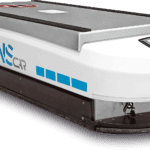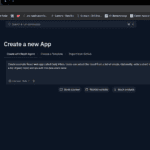In today’s rapidly evolving tech landscape, understanding AI agents is crucial for anyone looking to leverage artificial intelligence effectively. This blog delves into the fundamentals of AI agents, their workflows, and the various multi-agent systems that can transform your approach to problem-solving.
Table of Contents
- Introduction to AI Agents
- Tool Use: Enhancing Task Execution
- Planning and Reasoning: Guiding AI Tasks
- Introduction to Multi-Agent Systems
- Sequential Agent Patterns
- Hierarchical Agent Systems
- Hybrid Systems: Combining Approaches
- Parallel and Asynchronous Agent Systems
- Creating Multi-Agent Systems Without Code
- Opportunities in AI Agent Development
- Assessment: Test Your Knowledge
- FAQ
Introduction to AI Agents
AI Agents represent a transformative leap in the realm of artificial intelligence. They are not just simple applications performing single tasks; they encapsulate complex workflows that enhance productivity and decision-making. As we explore this topic, it’s essential to grasp what AI Agents are and how they differ from traditional AI systems.
Defining AI Agents
At its core, an AI Agent is a system capable of autonomously performing tasks by leveraging various tools and methodologies. Unlike conventional AI, which responds to direct prompts, AI Agents engage in iterative processes, improving their outputs through reflection and learning. This distinction is crucial in understanding their potential applications.
Understanding Non-Agentic vs. Agentic Workflows
Non-agentic workflows follow a linear path: a task is initiated, processed, and completed in one go. In contrast, agentic workflows are circular and iterative. They involve breaking down tasks into manageable steps, allowing for ongoing research, revision, and refinement. This methodology not only enhances the quality of outcomes but also mimics human cognitive processes, fostering a more organic interaction with technology.
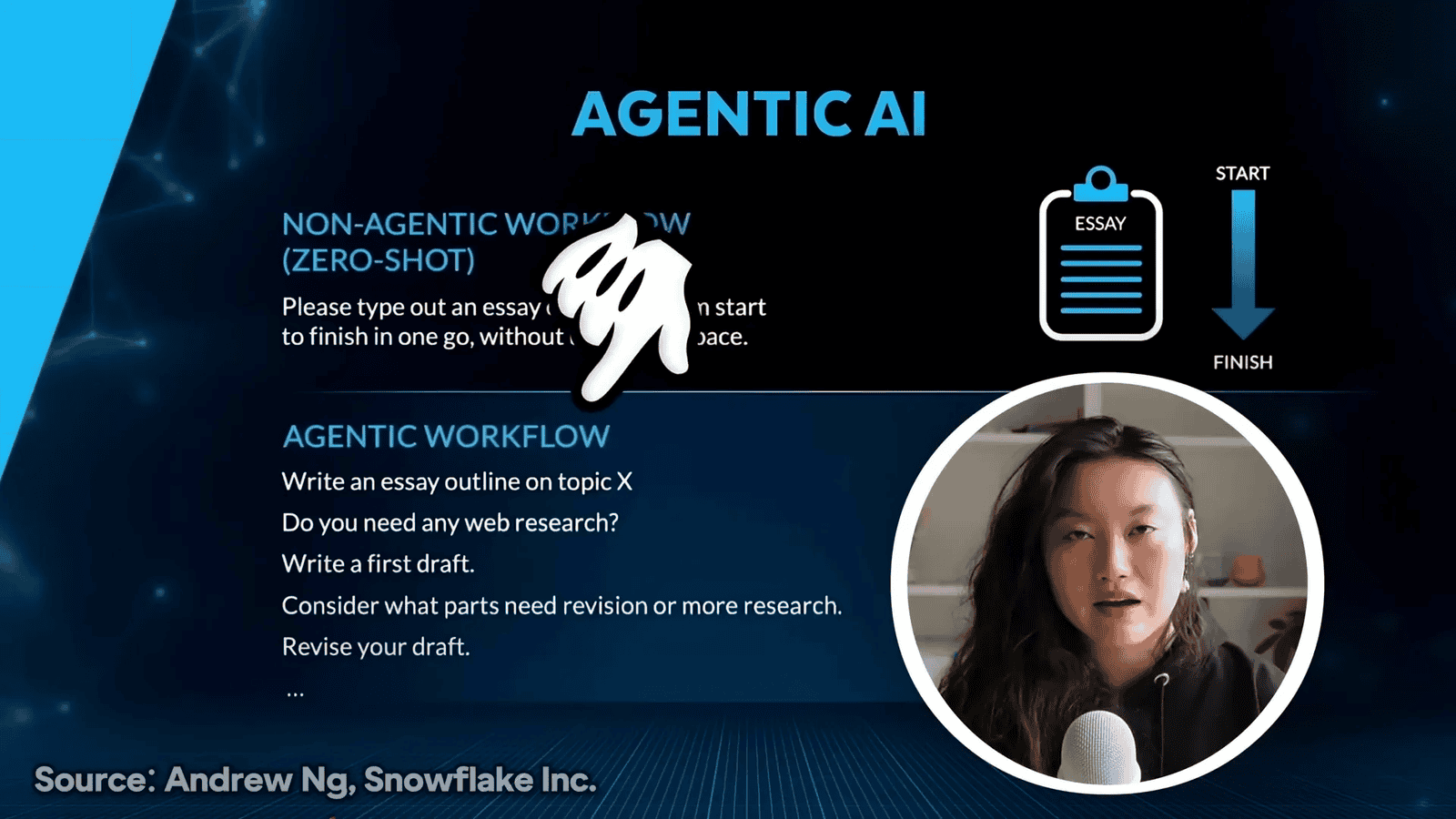
The Quest for Autonomous AI Agents
The ultimate goal in AI development is the creation of fully autonomous AI Agents. These systems would independently determine the necessary steps and tools to complete a task without human intervention. While we are not there yet, advancements are continuously pushing the boundaries of what’s possible, hinting that such capabilities may soon be within reach.
Four Accepted Agentic Design Patterns
There are four primary agentic design patterns that guide the development of AI Agents:
- Reflection: AI Agents assess their outputs for accuracy and efficiency, allowing for self-correction and improvement.
- Tool Use: By integrating various tools, AI Agents can execute complex tasks more effectively, such as conducting research or performing calculations.
- Planning and Reasoning: Agents can devise a sequence of actions required to achieve specific outcomes, utilizing available resources intelligently.
- Multi-Agent Systems: Multiple agents collaborate, each specializing in different aspects of a task, leading to enhanced efficiency and output quality.

Reflection: Improving AI Outputs
For AI Agents to be truly effective, continuous improvement of outputs is essential. This involves not only refining their processes but also adapting to new information and changing environments. By leveraging the aforementioned design patterns, AI Agents can evolve, becoming more adept at fulfilling their designated roles over time.
As we advance into a future brimming with potential, the role of AI Agents will only expand. Understanding their intricacies will be vital for anyone looking to harness the full capabilities of artificial intelligence.
Tool Use: Enhancing Task Execution
One of the most powerful aspects of AI Agents is their ability to utilize various tools effectively. Tool use allows AI Agents to break down tasks into manageable parts and execute them with greater precision. By integrating different tools, these agents can perform complex operations that would be cumbersome or impossible for a human to manage alone.
For example, when searching for the best coffee maker, an AI Agent can use a web search tool to compile reviews from multiple sources. This approach not only enhances the quality of the final answer but also saves time and effort. Imagine asking an AI to calculate investment returns. By employing a code execution tool, the AI can provide accurate calculations based on specified parameters, such as interest rates and timeframes.

Benefits of Tool Use
- Increased Efficiency: AI Agents can complete tasks faster by leveraging specialized tools.
- Enhanced Accuracy: Utilizing tools minimizes human error, ensuring more reliable outputs.
- Broader Capabilities: Agents can tackle a wider variety of tasks by integrating diverse tools, from data analysis to image processing.
Planning and Reasoning: Guiding AI Tasks
Planning and reasoning are critical components of AI Agents that enable them to devise effective strategies for task completion. These capabilities allow agents to determine the necessary steps and resources required to achieve their objectives.
For instance, if tasked with generating an image of a girl reading a book in a specific pose, an AI Agent can analyze existing images to understand the desired pose. It would then employ different models to create the new image and describe it in natural language. This multi-step reasoning process exemplifies how AI Agents can mimic human cognitive functions, making them invaluable in various applications.

Key Aspects of Planning and Reasoning
- Task Decomposition: Breaking down complex tasks into simpler, manageable steps.
- Resource Identification: Determining which tools and data are necessary to accomplish the task.
- Sequential Execution: Carrying out tasks in a logical order to ensure optimal results.
Introduction to Multi-Agent Systems
Multi-Agent Systems (MAS) represent a significant advancement in the field of AI. These systems involve multiple AI Agents working collaboratively to complete complex tasks. By distributing responsibilities among agents, MAS can achieve results that single agents might struggle to accomplish.
In a typical multi-agent framework, each agent has specialized knowledge and skills, allowing for efficient collaboration. For instance, one agent might focus on data gathering, while another specializes in analysis. This division of labor not only enhances efficiency but also improves the quality of the outputs.

Advantages of Multi-Agent Systems
- Improved Efficiency: Tasks are completed faster due to parallel processing.
- Higher Quality Outcomes: Collaboration among agents leads to more refined and accurate results.
- Scalability: New agents can be added to the system as needed without disrupting existing operations.
Sequential Agent Patterns
Sequential Agent Patterns represent a straightforward approach in multi-agent systems. In this model, one agent completes its task and passes the output to another agent, similar to an assembly line. This pattern is especially useful in scenarios where tasks need to be executed in a specific order.
For example, in AI-powered document processing, the first agent might extract text from scanned documents. The second agent would summarize that text, while the third agent extracts action items and compiles them into a final report. Each agent performs a distinct function, contributing to the overall task completion.

Benefits of Sequential Agent Patterns
- Simplicity: Easy to understand and implement, making it ideal for straightforward tasks.
- Clear Responsibility: Each agent has a defined role, reducing confusion and enhancing accountability.
- Streamlined Processes: The flow of information is clear, facilitating efficient task execution.
Hierarchical Agent Systems
Hierarchical Agent Systems introduce a more complex structure, where agents are organized in a tiered manner. At the top level, a manager agent oversees multiple subordinate agents, each responsible for specific tasks. This approach is particularly effective for managing large-scale projects.
For instance, in a business decision-making scenario, a manager agent could delegate tasks to sub-agents focused on market research, customer sentiment analysis, and internal metrics tracking. Once each sub-agent completes its task, it reports back to the manager, who compiles the findings into a comprehensive report for decision-making.
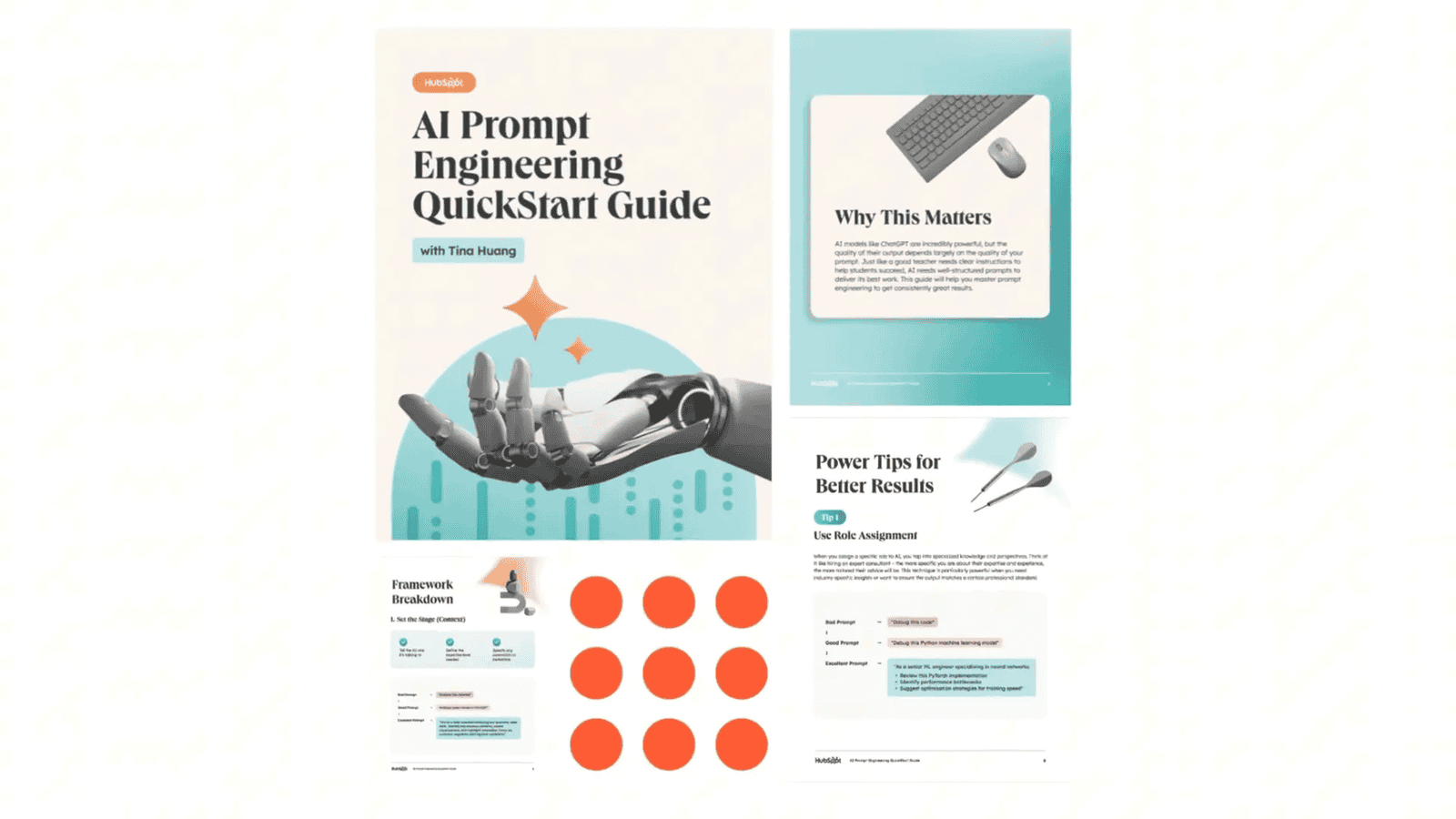
Key Features of Hierarchical Agent Systems
- Centralized Oversight: A manager agent ensures that all sub-agents are aligned with the overall objectives.
- Specialization: Each sub-agent can focus on its area of expertise, leading to more detailed and accurate outputs.
- Efficient Reporting: The manager can quickly aggregate and analyze data from multiple sources, streamlining the decision-making process.
Hybrid Systems: Combining Approaches
Hybrid Systems blend various agentic designs, incorporating both sequential and hierarchical structures. This flexibility allows for dynamic task management, adapting to the complexities of real-world scenarios.
For example, in autonomous vehicles, a top-level agent might plan the overall route while sub-agents handle real-time tasks like sensor fusion and collision avoidance. This continuous feedback loop ensures that the vehicle can respond effectively to changing conditions on the road.
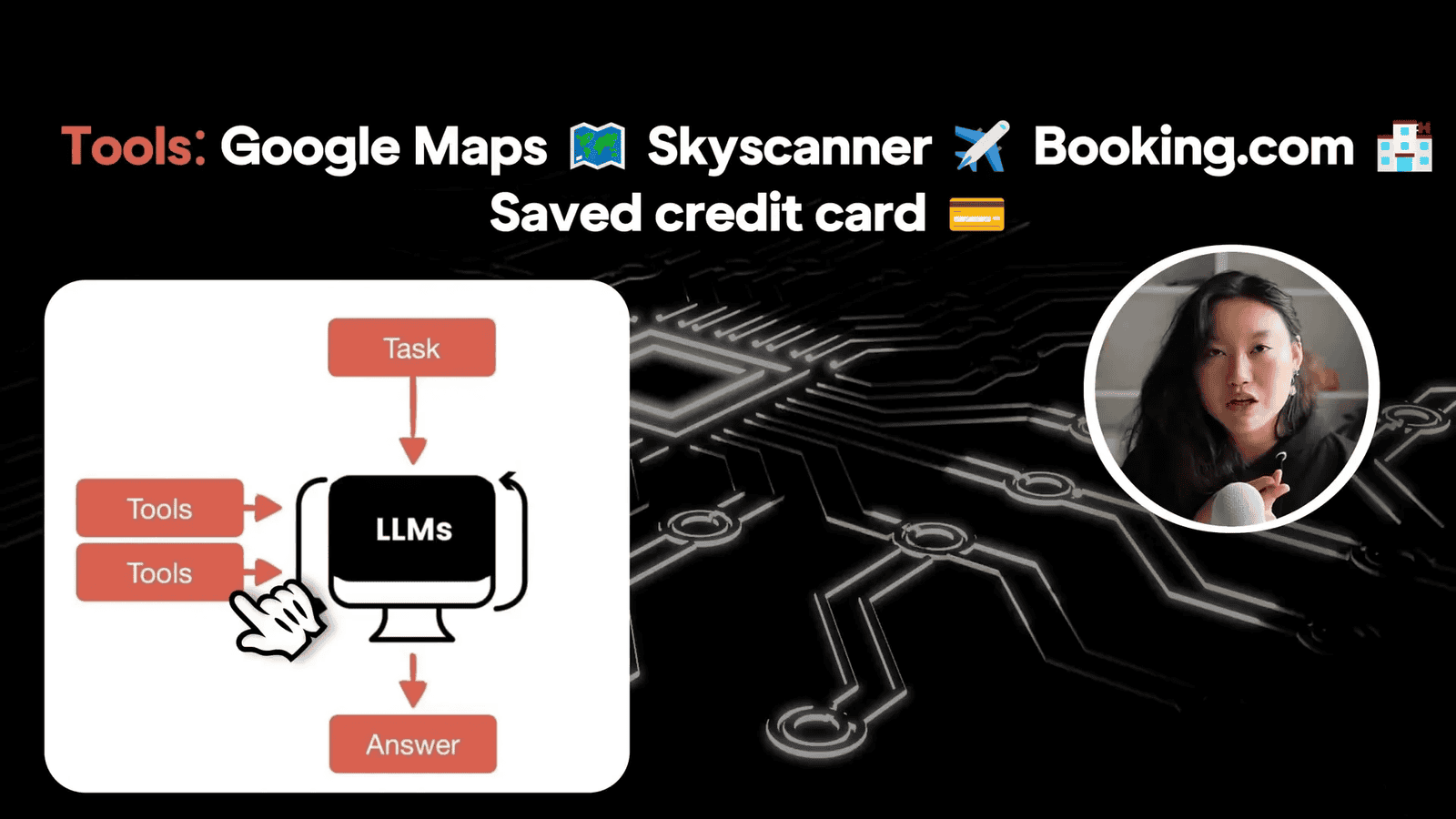
Advantages of Hybrid Systems
- Flexibility: Can adapt to various operational needs, making them suitable for diverse applications.
- Comprehensive Coverage: Combines the strengths of both sequential and hierarchical systems for optimal task execution.
- Enhanced Responsiveness: Continuous communication between agents allows for real-time adjustments and improvements.
Parallel and Asynchronous Agent Systems
Parallel and asynchronous agent systems take multi-agent collaboration to the next level. These systems allow multiple agents to operate simultaneously, executing tasks independently while communicating as needed. This approach is particularly effective in environments where tasks must be completed quickly and efficiently.
Understanding Parallel Systems
In a parallel agent system, agents work on different components of a task at the same time. This structure significantly speeds up processing, as various parts of a project can be tackled concurrently. For example, in data analysis, one agent might focus on processing sales data, while another handles customer feedback. The results can then be merged to provide comprehensive insights.
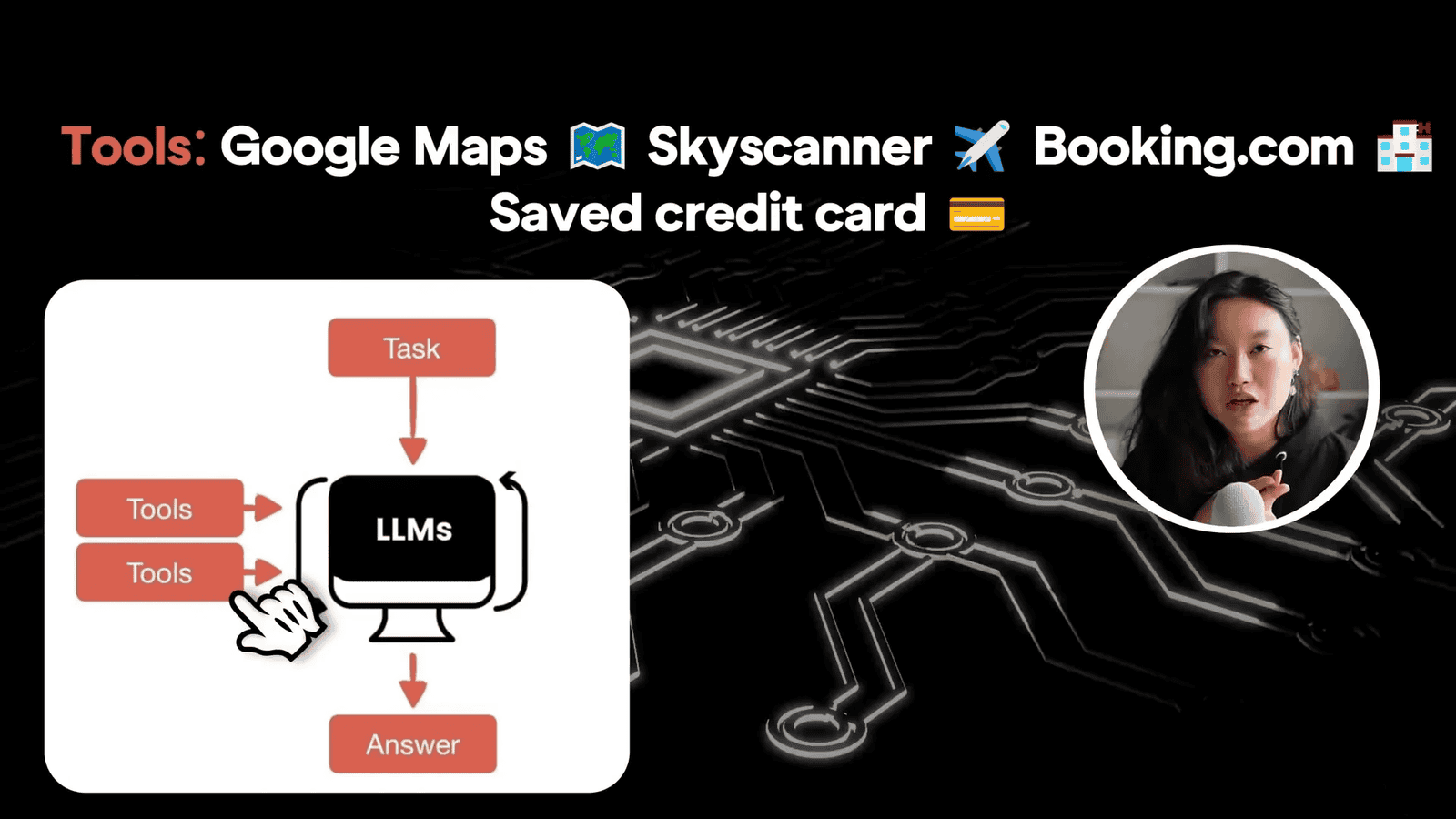
Asynchronous Systems: A Flexible Approach
Asynchronous systems allow agents to execute tasks at different times, which is beneficial for handling unpredictable conditions. For instance, in a cybersecurity scenario, one agent might monitor network traffic in real-time while another analyzes historical data for patterns. If any anomalies are detected, the agents can flag them for further investigation.
This flexibility makes asynchronous systems particularly useful for applications requiring real-time monitoring and response, such as fraud detection or system health monitoring.

Creating Multi-Agent Systems Without Code
Building multi-agent systems doesn’t necessarily require coding skills. No-code platforms have emerged, allowing users to create complex workflows visually. These tools enable individuals without a programming background to harness the power of AI Agents effectively.
Using No-Code Tools for AI Agents
Platforms like N8n and Make.com simplify the process of creating multi-agent systems. Users can design workflows by dragging and dropping components, defining tasks, and setting up triggers. For example, you can create an AI assistant that integrates with Google Calendar to manage tasks and appointments effortlessly.
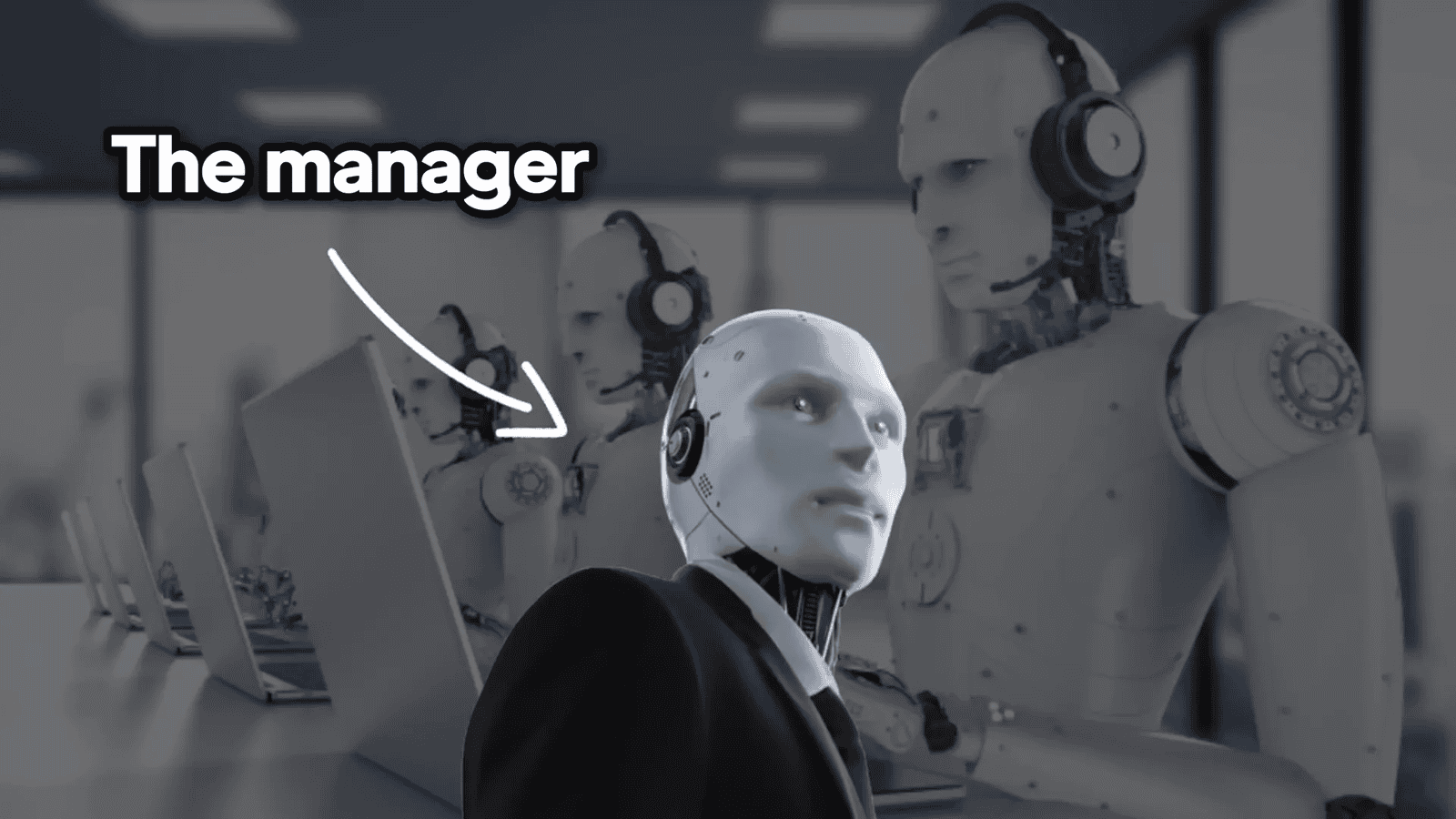
Benefits of No-Code Solutions
- Accessibility: Anyone can build AI Agent workflows without needing programming expertise.
- Speed: Rapidly prototype and iterate on ideas without the delays of traditional coding.
- Focus on Design: Concentrate on designing agent interactions rather than getting bogged down by technical details.
Opportunities in AI Agent Development
The landscape of AI agents is brimming with opportunities for innovation and entrepreneurship. As businesses increasingly recognize the value of AI agents, the demand for specialized solutions continues to grow.
Identifying Market Gaps
One of the most significant insights in AI agent development is that for every existing software-as-a-service (SaaS) company, there is potential for an AI agent counterpart. This means if you identify a successful SaaS product, you can explore how to transform it into an AI-driven solution.
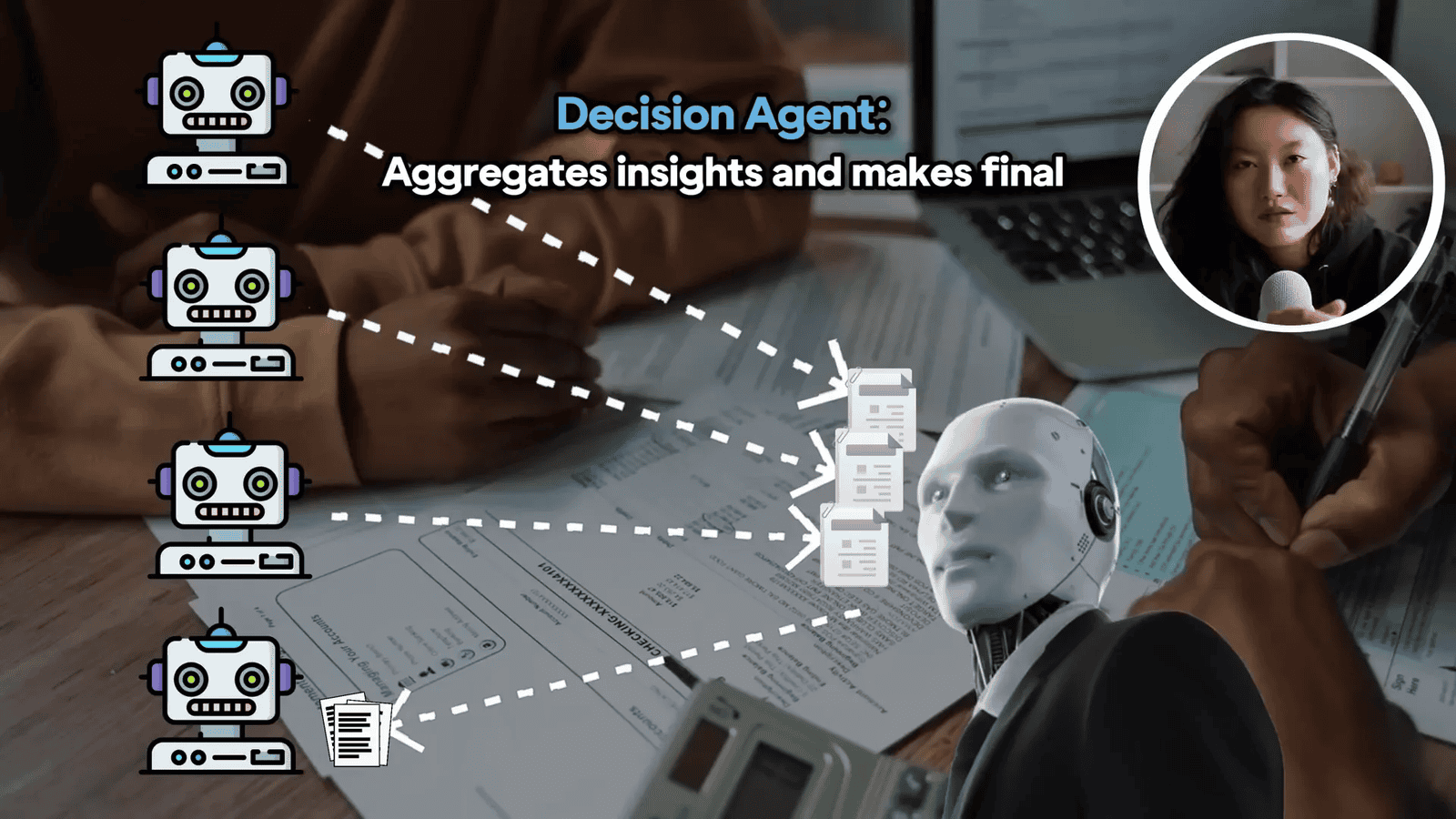
Key Areas for AI Agent Applications
- Customer Service: Develop AI agents that can handle inquiries, provide support, and improve customer engagement.
- Personal Assistance: Create agents that help users manage their schedules, prioritize tasks, and optimize workflows.
- Data Analysis: Build agents that analyze large datasets and generate actionable insights for businesses.
- Content Creation: Develop AI agents that assist in writing, editing, and content strategy.
Assessment: Test Your Knowledge
To reinforce your understanding of AI Agents and their functionalities, here’s a brief assessment. Answer the following questions:
- What are the key characteristics that differentiate AI Agents from traditional AI systems?
- Describe the advantages of using multi-agent systems in problem-solving.
- How can no-code platforms empower users to create AI Agent workflows?
- What are some potential applications for AI agents in various industries?
Once you’ve answered these questions, you’ll have a clearer grasp of AI Agents and their capabilities.
FAQ
What are AI Agents?
AI Agents are systems capable of autonomously performing tasks by leveraging various tools and methodologies. They engage in iterative processes, improving outputs through reflection and learning.
How do I create an AI Agent?
You can create AI Agents using no-code platforms like n8n or Make.com. These tools allow you to design workflows visually without needing programming skills.
What industries can benefit from AI Agents?
Many industries, including customer service, healthcare, finance, and marketing, can benefit from AI Agents. They streamline processes, enhance productivity, and improve decision-making.
Are AI Agents fully autonomous yet?
While AI Agents have advanced significantly, fully autonomous AI Agents are still in development. Current systems focus on agentic workflows that incorporate some level of autonomy but still require human oversight.
This blog post is inspired by the video AI Agents Fundamentals In 21 Minutes. All credit for the video content goes to the original creator. Be sure to check out their channel for more amazing content!


